History of Apple iphones .(2007-2018/19)
APPLE is the most iconic and valuable brand in our world and we all know's that it's 60-70% of revenues comes from its iphones . SO Lets check the history of iphones , how it started and how it is..
The iPhone 2G was a GSM model and dictated the future of the form factor for the iPhone. Since its release, Apple has stayed with the same form, only making minimal changes. When it was released, it earned the nickname, the “Jesus Phone” because people were so amazed at its capabilities.
The iPhone 2G was released in 3 separate storage models – 4 GB, 8 GB and 16 GB.
Following on just a year after the first one, Apple released their second iPhone. They introduces a couple of new features, like Assisted GPS and a 3G connection. The iOS was given an update and now included features such as Push email and turn-by-navigation. This was the first iPhone to be accompanied by the revolutionary new Apple App store, where users could find third-party apps to help them in their day to day use of the iPhone.
3. June 19th 2009 – iPhone 3GS
The iPhone 3GS was the first iPhone to receive an interim update, denoted by the S. Apple produced an upgraded 3G with a faster processor. It had a much higher resolution camera on it that could capture an astonishing (for its time) 480p video and support was included for voice controls.
4. June 24th 2010 – iPhone 4
Apple broke the mold with the iPhone 4, making it the very first to have an incredible high-resolution display, known as Retina. As well as that, they gave the iPhone camera an update, making it 5 megapixel and they added in a front camera for video calling.
This was the first iPhone to receive a design change, the rounded rear panel replaced with a flat one, giving the iPhone the honor of being classed as the thinnest smartphone in the world. The phone was given a stainless steel frame and a brand new, all-singing, all dancing A4 processor, designed to help with the multitasking functions.
5. October 14th 2011 – iPhone 4S
Apple changed their release cycle with the iPhone 4S, moving it to the fall rather than summer months. The iPhone 4s proved to be the best that Apple had ever released. It got a camera upgrade, to the 8 megapixel iSight camera that we know and love today, with the ability to record video at 1080p.
It got a brand new processor, the A5 dual core chip and it got Siri. Siri is Apple’s very own intelligent voice assistant that changed the way we used our iPhones. With the iPhone 4S we got access to iCloud and iMessage. We got a notification center and reminders and Apple even gave is Twitter integration.
The iPhone 4S was released just 9 days after the death of Steve Jobs after he lost his battle with pancreatic cancer.
6. September 21st 2012 – iPhone 5
When the iPhone 5 was released, it broke all sales records to date. And no wonder. It had a dual core A6 chip in it. The display grew to 4” and the 30-pin connector that they had always used was gone, replaced with a digital lightning connector.
The iPhone 5 got an aluminum frame instead of stainless steel, making it lighter than ever before. It was also the very first iPhone to include LTE support.
7. September 20th 2013 – iPhone 5S and iPhone 5C
For the first time ever, Apple released 2 iPhones in one hit. The iPhone 5C is an upgraded version of the iPhone 5 with a polycarbonate shell in 5 different colors. The iPhone 5S was a work of art, the new flagship for Apple.
Not only did it contain a revolutionary new processor, the A7 64-bit – twice as fast as the iPhone 5 – it also contained another processor, the M7 Motion Control coprocessor. It had Touch D, a fingerprint sensor embedded in the Home button.
The camera was given a bigger aperture and a dual LED flash and the iPhone 5S got the privilege of being the first to run on the all-new iOS 7 firmware. At the time of release, the iPhone 5 was discontinued, a little more than a year after release.
- then the game changes -
8. iPhone 6 and iPhone 6 Plus – released September 19, 2014
One year later, another joint release. Apple touted the iPhone 6 and 6 Plus as “the biggest advancements in iPhone history, featuring two new models with stunning 4.7-inch and 5.5-inch Retina HD displays, and packed with innovative technologies in an all-new dramatically thin and seamless design.”Making the boss proud, the phones set an Apple record of first-day pre-orders with more than four million in the first 24 hours.“iPhone 6 and iPhone 6 Plus are better in every way, and we are thrilled customers love them as much as we do,” Cook said at the time.
9. iPhone 6S and iPhone 6S Plus – released September 25, 2015
The S versions of the iPhone 6 and 6 Plus didn’t change much cosmetically compared to their predecessors. But, the phones’ new operating system, iOS 9, was a significant overhaul from the previous operating system and included deeper app integration with Siri.Perhaps the biggest change with the iPhone 6S and 6S Plus was the addition of 3D Touch. The new interface could tell the difference between taps, normal presses and firm presses. It also included innovative ways to navigate the phone like Peek and Pop which allowed users to toggle between pieces of content without losing their place.
10. iPhone SE – released March 31, 2016
The SE model was more of an upgrade of a previous model than a new release (which might explain its March release date). While it followed the iPhone 6, the SE was actually a follow up to the iPhone 5. In terms of design, the iPhone SE was almost identical, so much so that iPhone 5 users could use the same phone cases when they upgraded.Even though the iPhone SE reverted to the 4-inch screen size, it still had room for major hardware upgrades from the larger iPhone 6s. The iPhone SE used the same advanced A9 processing chip as the iPhone 6S, the same 12-megapixel camera and the same software features like Apple Pay, Siri activation and live photos.
11. Phone 7 and iPhone 7 Plus – released September 16, 2016
Apple returned to its regularly scheduled release timeline with the dual launch of the 4.7-inch iPhone 7 and the 5.5-inch iPhone 7 Plus. The new phones caused some controversy with the removal of the headphone jack.According to one less-than-flattering review from Nilay Patel of The Verge, “the iPhone 7 and 7 Plus are deeply unusual devices. They are full of aggressive breaks from convention.” Patel also remarked that the consistent design “plays against expectations.”Unusual. Aggressively breaking from convention. Disregarding expectations. Sounds like Apple, a company that has cultivated a reputation for breaking the mold, removing the parts deemed unnecessary, adding the elements deemed lacking and tweaking it into perfection.
12. iPhone 8 and 8 Plus – released September 22, 2017

Apple skipped an “S” version of the iPhone 7 and moved right along to the iPhone 8 in September 2017. While the iPhone 8 models functioned as upgrades of the iPhone 7 versions, there were several significant changes including:
- A glass back on the phone replaced the aluminum shell of the older models which allowed for wireless charging.
- True Tone screen technology that rendered more accurate colors by automatically adjusting to a room’s lighting.
- The A11 bionic processor – a six-core chip that was 25 percent faster than the A10.
13. iPhone X – released November 3, 2017


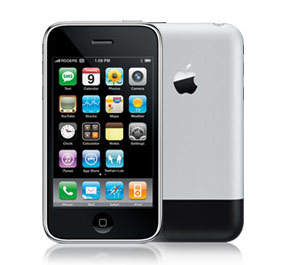
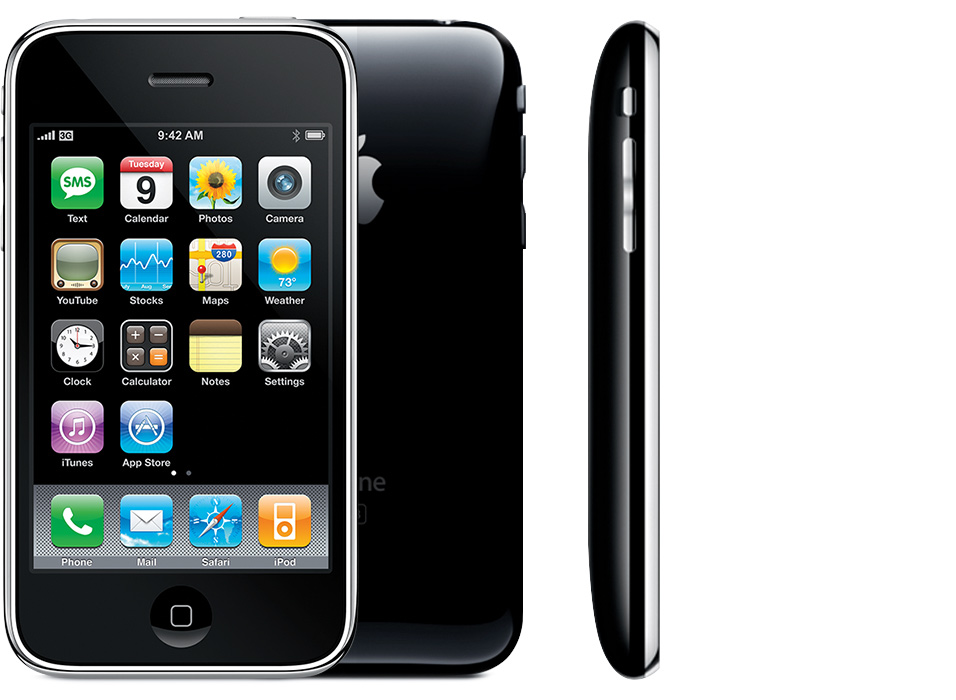



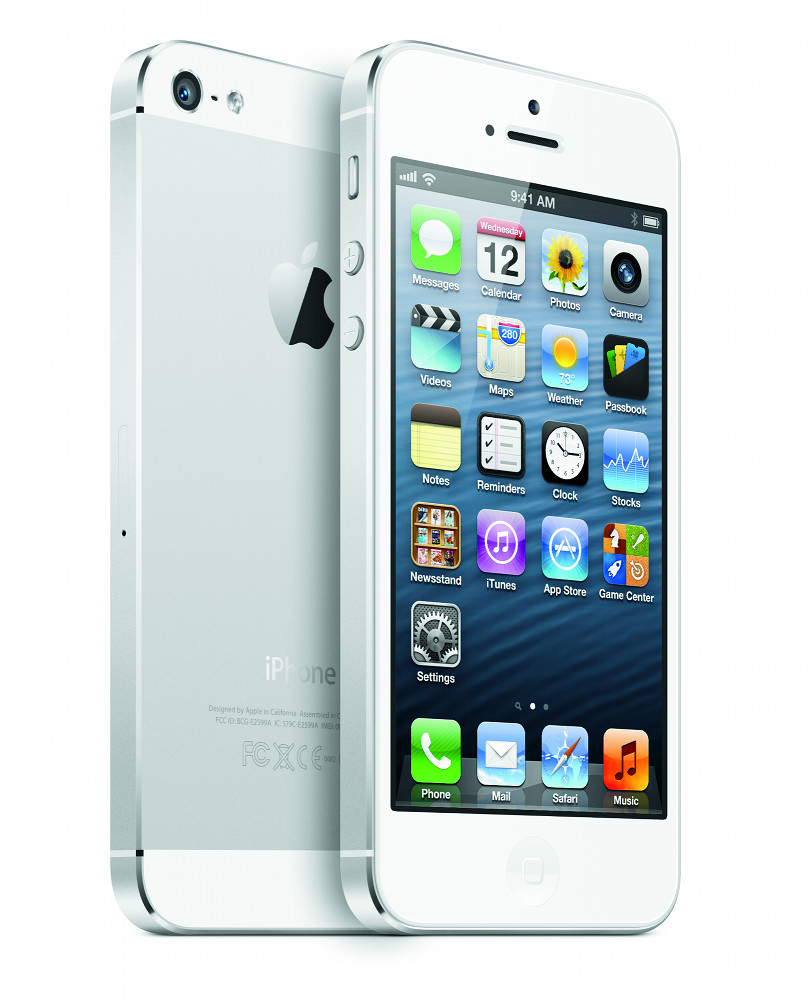
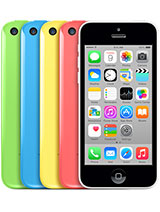



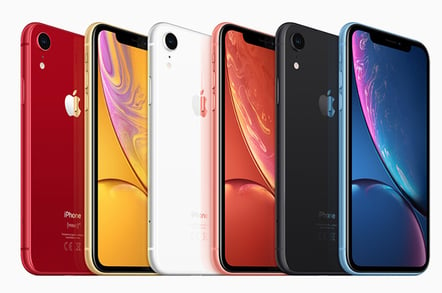

Comments
Post a Comment
Hello keep supporting.